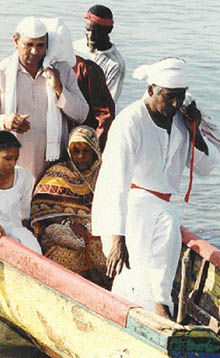
The year was 1845, and the winds of change were blowing across the Caribbean. In Jamaica, a small island nation with a tumultuous history of slavery and colonialism, a new chapter was about to unfold. On May 9th, the SS Blundell made landfall at Old Harbour Bay, carrying with it a group of individuals whose presence would shape the destiny of Jamaica for generations to come - Indian indentured workers.A total of 36,000 individuals arrived between 1845 and 1917, with the initial voyage bringing 200 men, 28 women, and 33 children from different towns and villages in Northern India. Ultimately, approximately two-thirds of them chose to remain in Jamaica.
The journey of these indentured workers to Jamaica was not merely a matter of chance or happenstance. It was the result of a confluence of historical, economic, and political factors that spanned continents and centuries. To understand why these individuals left their homeland and ventured to the distant shores of the Caribbean, we must first delve into the socio-political landscape of 19th-century India.
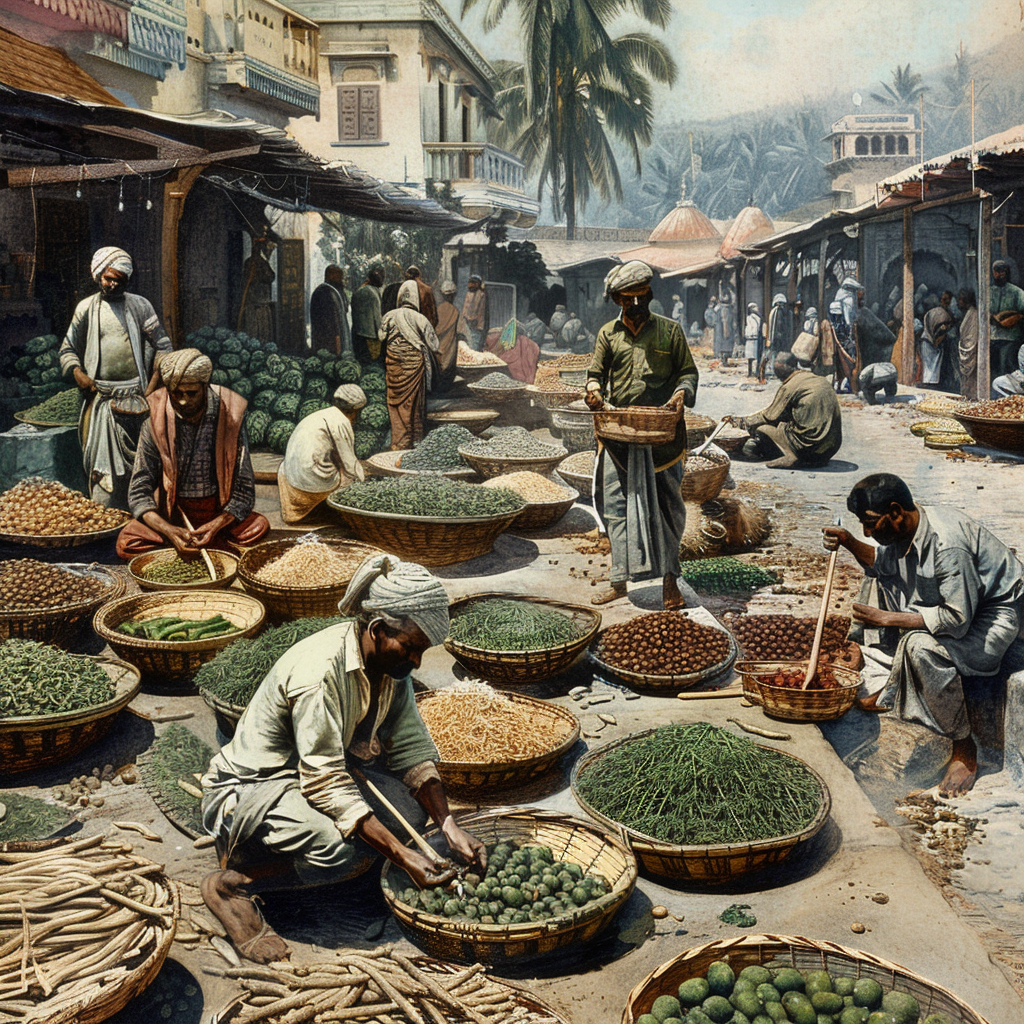
In the mid-19th century, India was in the throes of profound social, economic, and political upheaval. The British colonial rule had wrought significant changes to the Indian agrarian economy, displacing millions from their traditional occupations and disrupting established social structures. The decline of traditional industries, coupled with the exploitative practices of British imperialism, led to widespread poverty, famine, and social unrest.
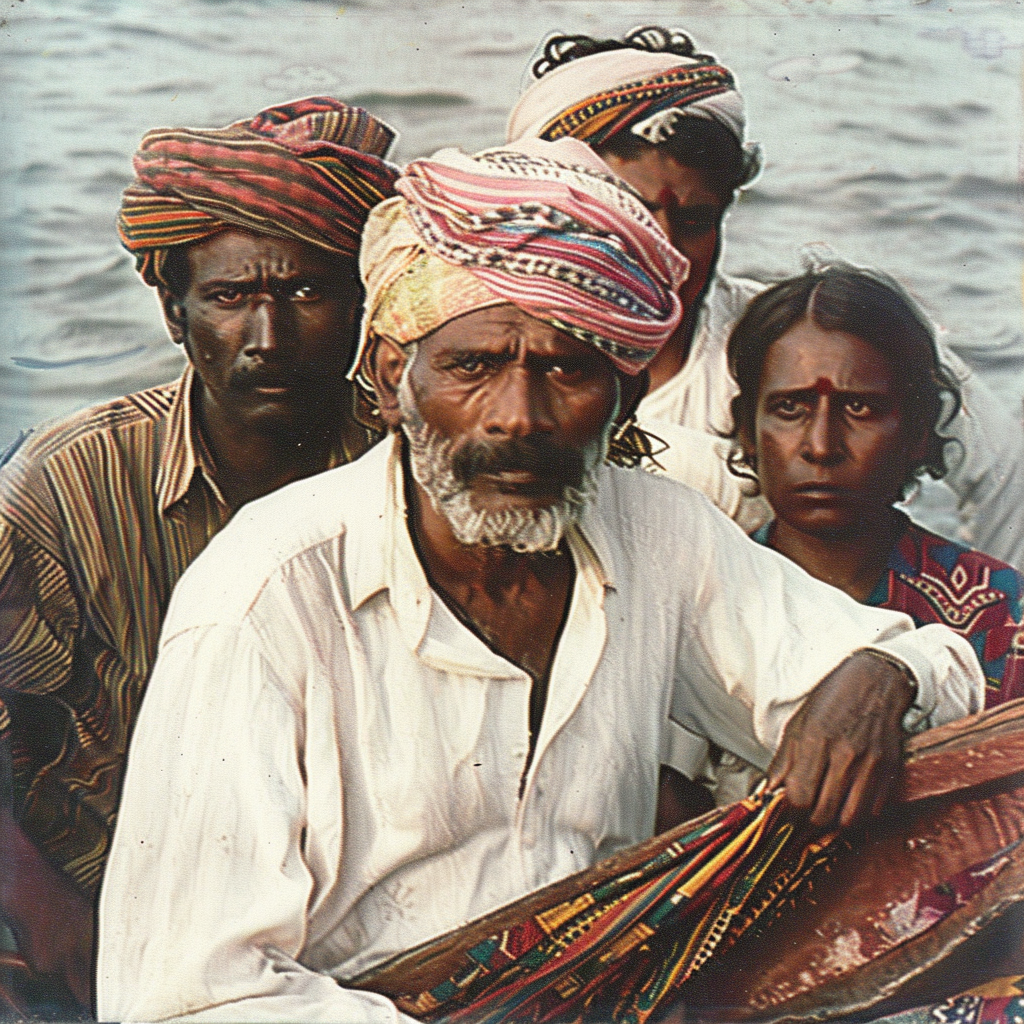
Amidst this turmoil, the British colonial authorities devised a solution to address the labor shortages in their far-flung colonies - the indenture system. Under this system, Indian laborers were recruited to work on plantations in various British colonies, including Jamaica. Promised wages, housing, and other incentives, thousands of Indians from the impoverished regions of Bihar, Uttar Pradesh, and Bengal embarked on a perilous journey across the seas in search of better opportunities.
For the Indian indentured workers who arrived in Jamaica, life was a stark contrast to the idyllic visions painted by colonial recruiters. Instead of the promised paradise, they found themselves toiling under harsh conditions on sugar plantations, subjected to long hours, meager wages, and systemic discrimination. Despite these challenges, many Indians persevered, carving out a place for themselves in Jamaican society.
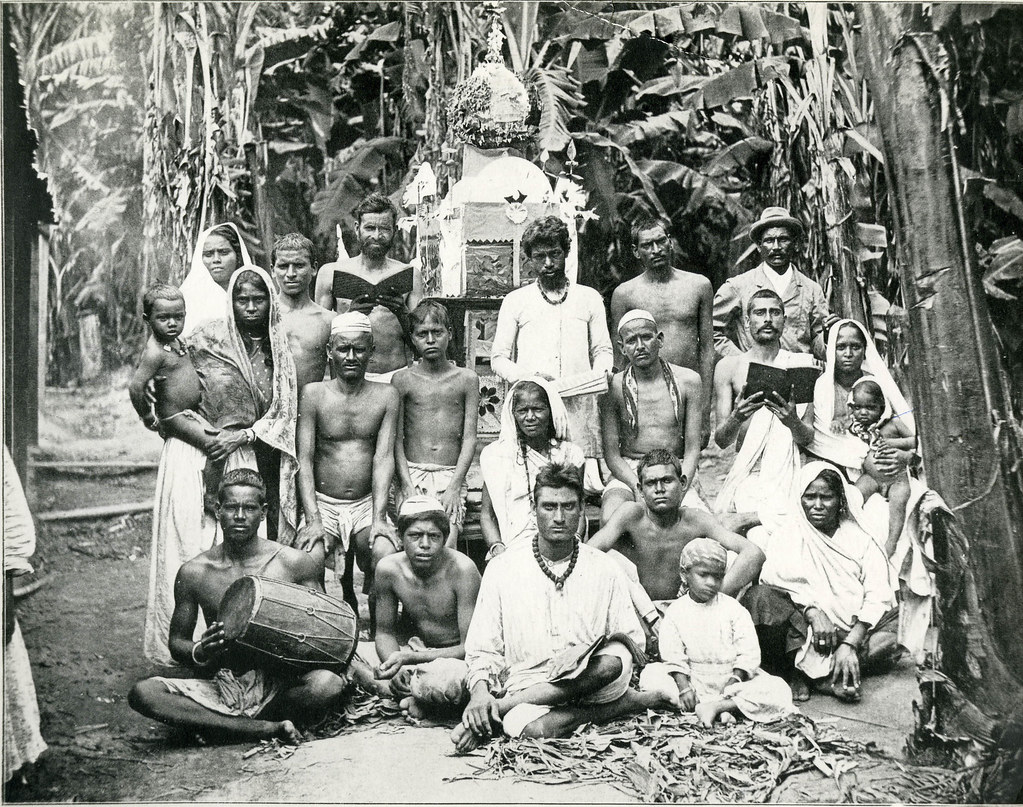
One of the most enduring legacies of the Indian indentured workers in Jamaica is their rich cultural heritage, which they brought with them from their homeland. From Hinduism and Islam to traditional culinary practices and artistic traditions, Indians infused Jamaican culture with a vibrant tapestry of customs, rituals, and beliefs. Today, elements of Indian culture are woven into the fabric of Jamaican society, enriching its diversity and identity.
But the contributions of the Indian community in Jamaica extend far beyond cultural influence. Indian indentured workers played a crucial role in shaping the economic landscape of the island, contributing to industries such as agriculture, commerce, and entrepreneurship. After completing their contracts on the plantations, many Indians ventured into various professions, including medicine, law, education, and politics, store owners and many trade professions. Owning jewelry stores is one of the most noticeable careers of Indians who stayed in Jamaica.
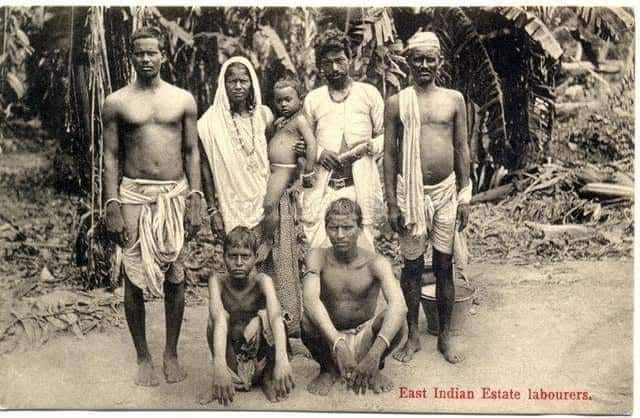
From the bustling streets of Kingston to the verdant hills of the countryside, Indian Jamaicans have made their mark in every sphere of life. Their achievements and contributions are celebrated and honored, from the vibrant music of reggae to the delectable flavors of Jamaican cuisine. Indeed, it is impossible to imagine Jamaica without the influence of its Indian community.
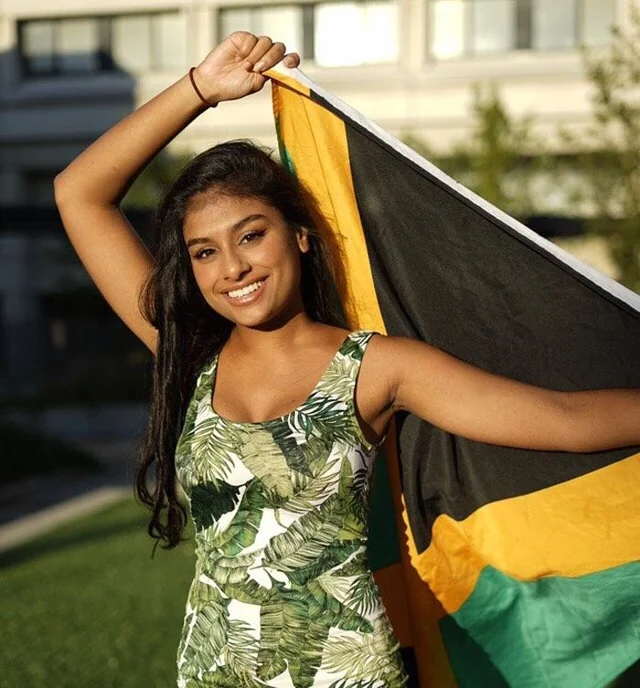
As we commemorate the 179th anniversary of the arrival of Indian indentured workers in Jamaica, let us pause to reflect on the resilience, courage, and perseverance of those who made the journey across oceans in search of a better life. Their legacy lives on in the hearts and minds of all Jamaicans, reminding us of the transformative power of diversity, inclusion, and unity.
In conclusion, Jamaica owes some of its cultural richness, economic vitality, and social cohesion to the contributions of its minor ethnic groups, including the Indian community. Their assimilation into Jamaican society has enriched the nation in countless ways, shaping its identity and character for generations to come. As we look to the future, let us continue to celebrate and honor the diverse blends of cultures that make Jamaica the vibrant and dynamic nation it is today.
Some notable Indian Jamaicans include:
- Shaun Bridgmohan: A renowned jockey who became the first Jamaican to compete in the Kentucky Derby.
- Jean Lowrie-Chin: A prominent public relations practitioner known for her contributions to the field.
- Kamala-Jean Gopie: A respected political activist who has made significant contributions to Jamaican society.
- Lee Gopthal: A notable figure in the music industry as a record label owner and promoter.
- Henry W. Jaghai: An author and community activist known for his advocacy work.
- Rajiv Maragh: A successful jockey who has achieved recognition in the horse racing world.
- Johnny Mykoo: A popular chutney singer known for his musical talents.
- Tony Patel: A veteran TV broadcaster who has made significant contributions to Jamaican media.
- Rajah Maragh: A talented chef known for his culinary expertise.
- Ramesh Maragh: Another accomplished chef renowned for his culinary creations.
These individuals have made their mark in various fields, showcasing the diverse talents and contributions of the Indian Jamaican community to the country's cultural landscape.
